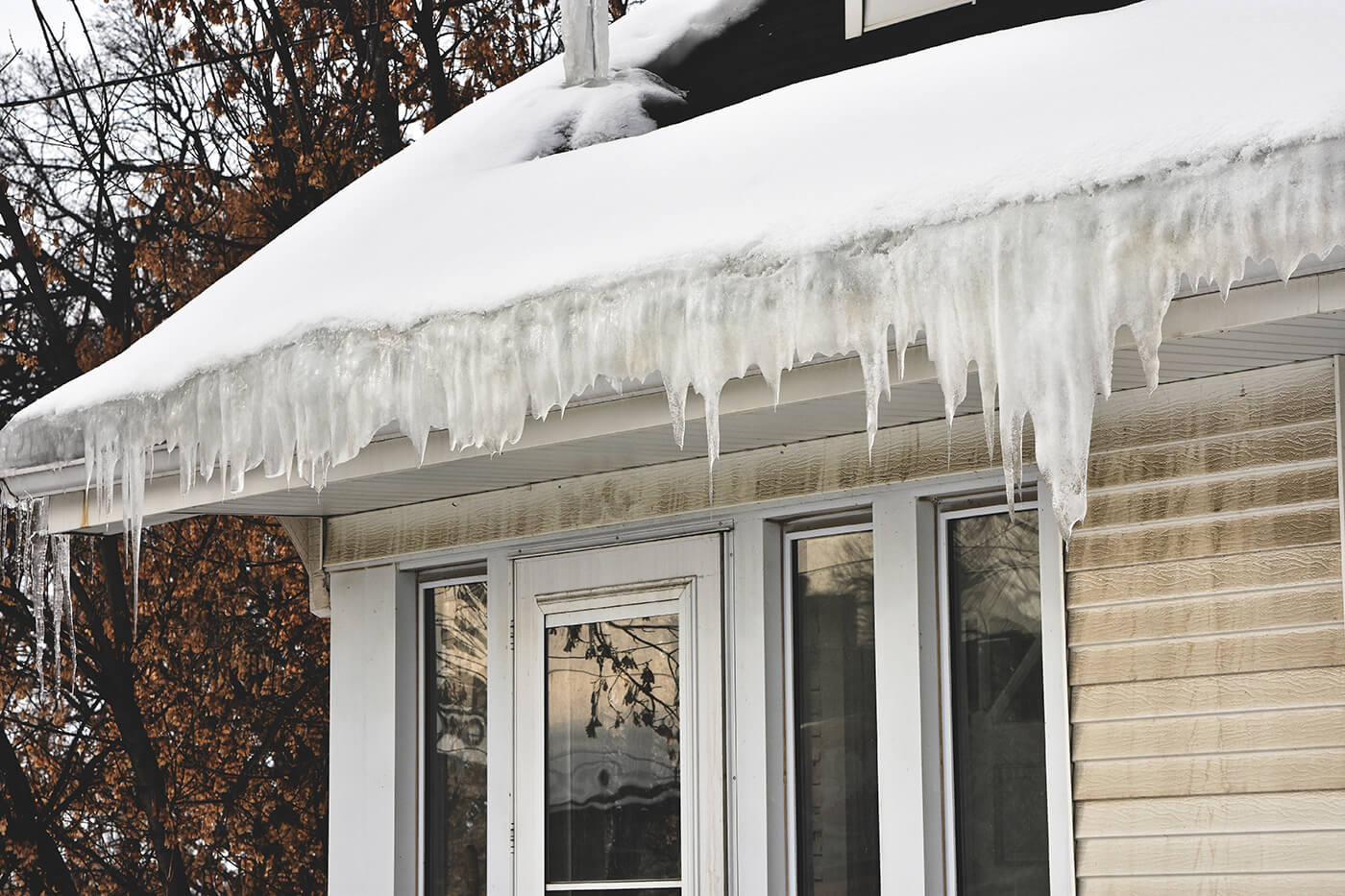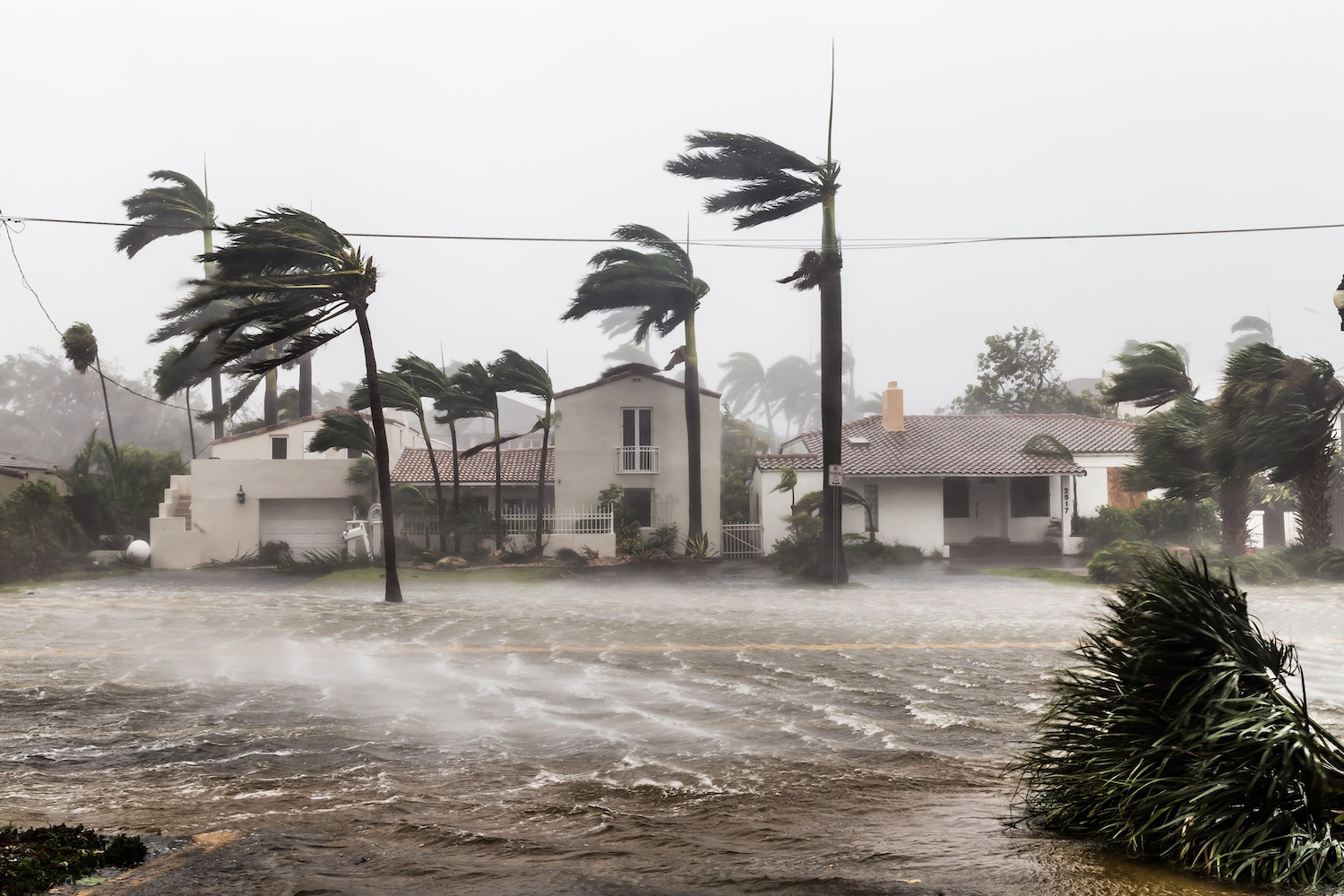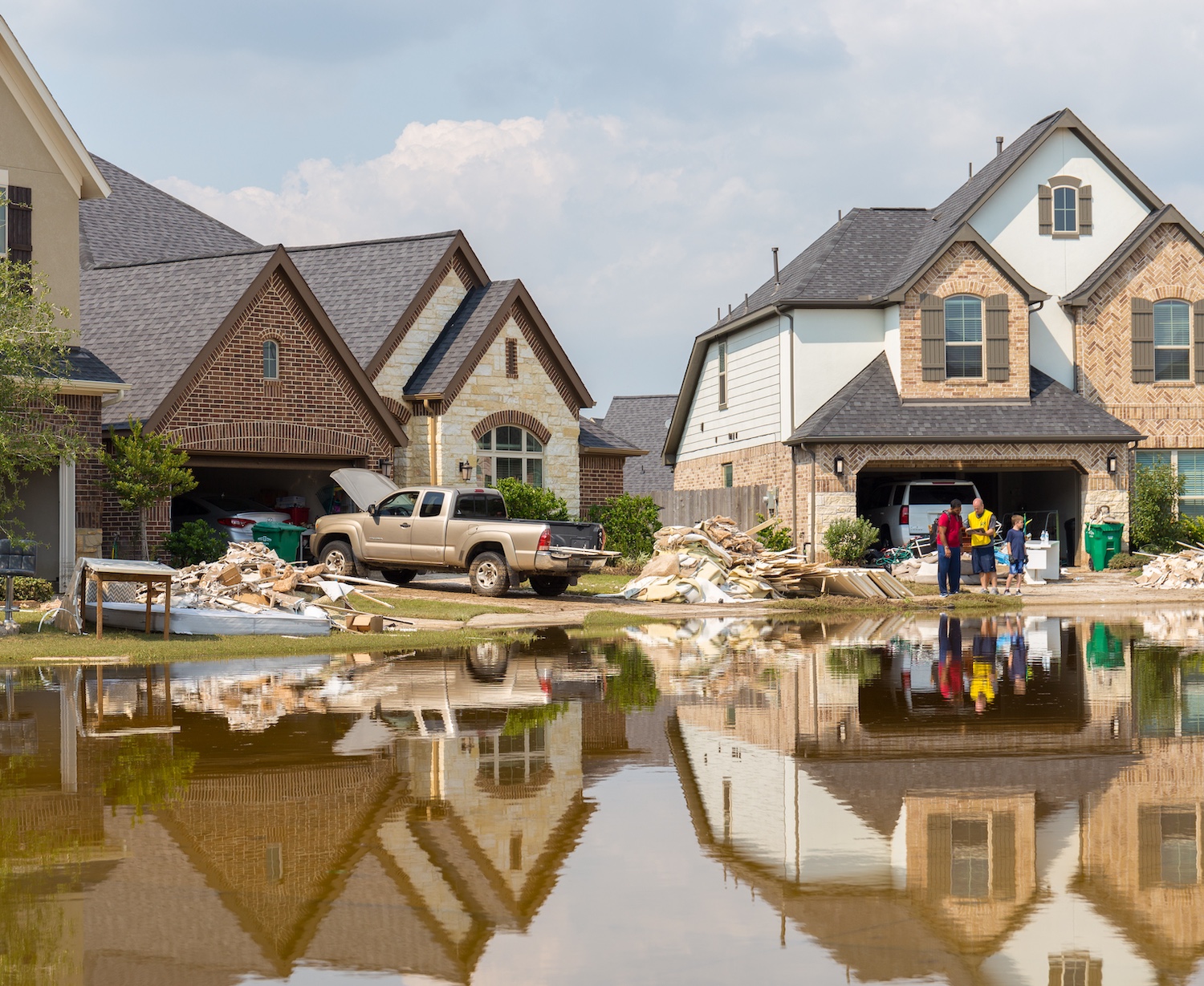Home flooding is a disaster that can damage your property and put you and your family at risk. Living near a river, stream, or lake makes you more likely to experience flooding, but you may also experience flooding due to plumbing issues. Many things need to happen after a flood in your home. Fortunately, by taking the proper steps and getting professional help, you will be able to repair your home and keep it from flooding again. Discussed below are seven important things you should do after your home floods.
1. Think Safety First
Safety should always be your number one concern after any natural disaster. Your family and loved ones are more important than anything else, and you should never take risks during or after a flood.
To ensure safety after floods, turn off the electric power to your home. Leave lights, and other working electrical equipment turned off as they could cause hazardous situations. Also, wear protective clothing and shoes when checking your home for damage. Check for any signs of sewage backup or contamination and keep children and animals away from it. Once the situation is safe, go into your flooded home and check your valuables.
2. Stop the Water Source and Remove Water
After checking the safety of your home, ensure that the source of the water is completely stopped. You can easily do this by turning off your home’s main water valve and following it outside to the main water pipe that runs into your house. If you cannot find a valve, you should call a plumber. Use towels to soak up as much water as possible from your home’s floors.
The water removal process goes very quickly during most natural disasters. To avoid a long, drawn-out process, you should remove wet materials such as carpeting, clothing, and furniture as soon as possible.
3. Dry Out Your Home
Having your home dried out is very important, as bacteria and mold will develop quite quickly if you do not do this. Removing all the standing water is the first step to drying out your home. Make sure that all leaks are fixed before you attempt to dry out your home. It is a good idea to have professional help with these things and inspect your home for structural damage that has occurred during the flooding.
If you have small leaks in your home, you might be unable to dry out all the water. In this case, use a towel to plug up the areas that have been flooded. If a wall is too wet, it must be replaced. If the wall is structurally sound and there are no other areas where water is leaking out, then you can place towels around the walls and let them sit for a day or so to let any moisture evaporate from the walls.
4. Document the Damages
After your home has been flooded and dried, it is important to document the damages. Photograph any damages and do a walkthrough of your home to see what can be replaced and what needs to be repaired. Make sure you tell your insurance company about the damages you have seen when you file a claim. Be sure to mention any damage not listed on the claim form; they may not ask if they are unaware of it.
5. Call Your Insurance Company
After the safety of your family and home has been assured, it is time to call your insurance company. Most insurance companies will help you find a contractor to come out and assess the damage and give you an idea of how much it will cost to repair any damage that occurred.
Also, your insurance company will likely want to talk with you in detail about what happened. They will want to know about any possible structural damage and what caused the flooding. As soon as you have talked with them, call a contractor specializing in repairing damaged homes.
6. Clean Up Your Home
Once you have called your insurance company, it is time to clean up your home and make it safe. Make sure you clean up any broken glass and other sharp items that you may have spewed during the flooding. Broken glass can cause a lot of damage if it is not handled properly. Also, ensure that all food exposed to flood water is thrown away as it can be very dangerous for your health.
Cleaning up also involves washing your carpets, floors, and walls to remove any contaminants in the water. You will want to wash all of your carpeting and rugs as well as your upholstered furniture. Clean up all wet materials such as clothing, rugs, furniture, and anything else wet with water.
7. Perform Repairs
After you have cleaned up your home, it is time to get started on repairs. If you are going to fix the problem yourself, then make sure you have all the tools and know-how to use them effectively. You will want to contact a professional if you feel like repairs are too much for you or if there is a possibility that your home may continue to flood.
Most homeowners will likely want to replace the floors and walls of their homes that have been flooded. If your home has experienced water damage, you will want to hire a contractor or an experienced construction crew to assess any structural damage that your home may have.
Dangers of Failing to Clean Up Your Home After Floods
After a flood, the damage to your home can be extensive. Leaving the water sitting within your home will lead to harmful bacteria and mold growth. Mold can cause serious health problems for you and your family. It can even cause death if it is not handled properly. The most common places for mold growth in a flooded home are wood framing in walls, areas under carpets and furniture, and the basement.
In addition to mold problems, many dangerous microbes are present after a flood has occurred. Some of these microbes are harmful to your health and can cause you to get sick if they become airborne. These microbes can also cause damage to your home.
Contact the Experts
Even though you may be able to do some repairs yourself, it is always a good idea to get professional help. If the damage is too great or any structural issues could cause problems, then a professional will help make your home safe and secure again.
At Pur360, we offer quality sanitization, mold removal, and mold testing services. We also offer carpet and drywall removal and disposal, attic stain removal, and painting services. If your home has mold growth or other issues caused by flooding, then we are the professionals you can rely on. We are headquartered in the Chicago area but serve multiple states throughout the U.S., including Illinois, Texas, Florida, Georgia, and Wisconsin.
Call us today to schedule an appointment or ask any questions about our services.



